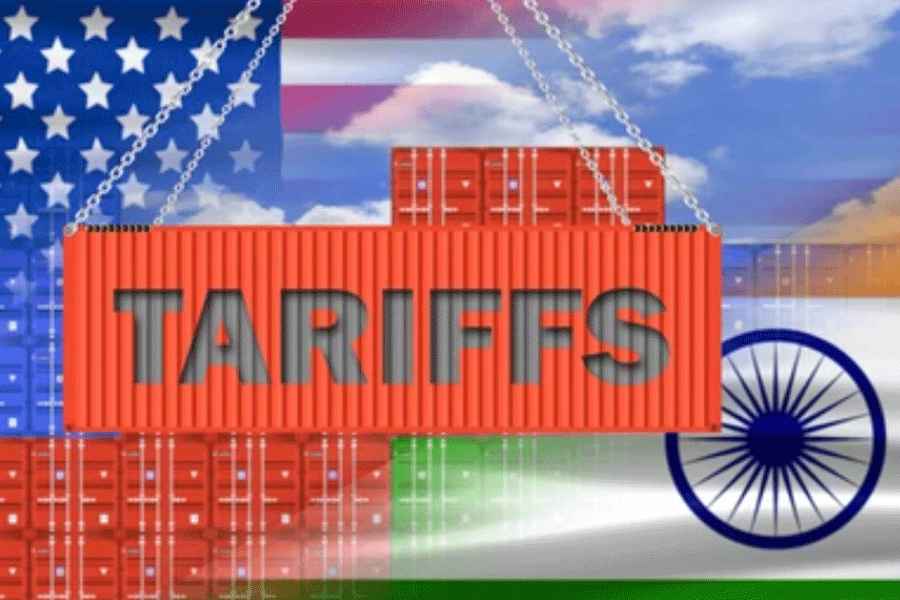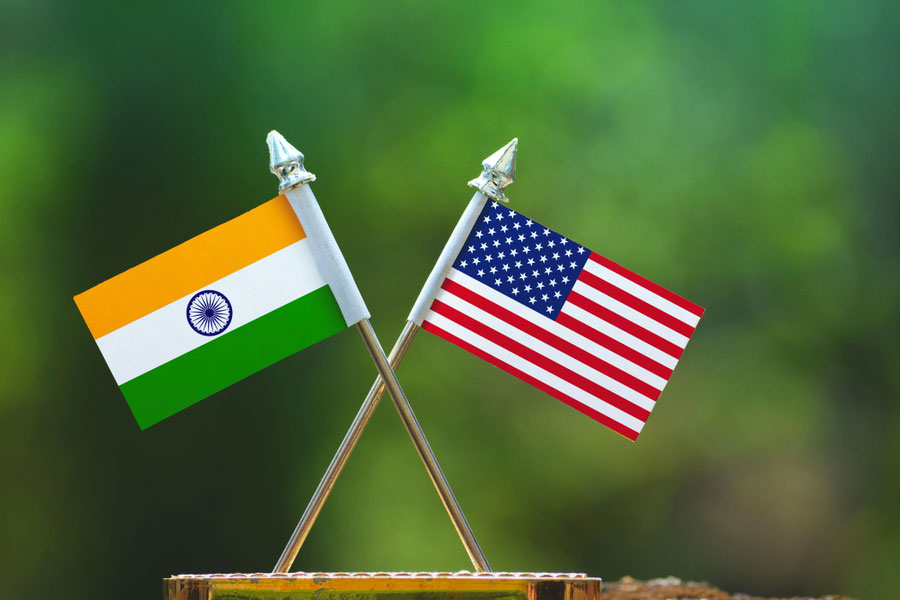India is hopeful that the US will review the additional 25% tariff imposed on Indian goods as penalty for its Russian oil purchases, a government source told reporters on Wednesday.
The Indian government is holding talks with exporters to increase shipments of textiles, leather, gems and jewellery to other countries, and is likely to provide financial assistance to affected businesses, the source said.
A punitive 25% tariff imposed due to India's purchases of Russian oil adds to Trump's prior 25% tariff on many imports from the South Asian nation. It takes total duties to as high as 50% for goods such as garments, gems and jewellery, footwear, sporting goods, furniture and chemicals - among the highest imposed by the U.S. and on par with Brazil and China.
The new tariffs threaten thousands of small exporters and jobs, including in Prime Minister Narendra Modi's home state of Gujarat, and are expected to hurt growth in the world's fastest growing major economy.
There was no domestic market reaction to the move on Wednesday as bourses were closed for a Hindu festival but equity benchmarks logged their worst session in three months on Tuesday after a Washington notification confirmed the additional tariff.
The Indian rupee also continued its losing streak for a fifth consecutive session on Tuesday, ending at its lowest level in three weeks.
While the tariff disruption would be bruising, it may not be all gloom and doom for the world's fifth largest economy if New Delhi can further reform its economy and become less protectionist while seeking to resolve the crisis with Washington, analysts said.
FAILED TALKS
As the midnight activation deadline approached, US officials offered no hope for India to avert the tariffs.
Wednesday's tariff move follows five rounds of failed talks, during which Indian officials had signalled optimism that US tariffs could be capped at 15%, the rate granted to goods from some other major US trade partners including Japan, South Korea and the European Union.
Officials on both sides blamed political misjudgment and missed signals for the breakdown in talks. Their two-way goods trade totaled $129 billion in 2024, with a $45.8 billion US trade deficit, according to US Census Bureau data.
Washington says India's purchase of Russian oil helps fund Moscow's war in Ukraine and that New Delhi also profits from it. India has rejected the accusation as double standards, pointing at US and European trade links with Russia.
EXPORTERS LOSE COMPETITIVE EDGE
Exporter groups estimate the tariffs could affect nearly 55% of India's $87 billion in merchandise exports to the US, while benefiting competitors such as Vietnam, Bangladesh and China.
Rajeswari Sengupta, an economics professor at Mumbai's Indira Gandhi Institute of Development Research, said allowing the rupee to "depreciate is one way to provide indirect support to exporters" and regain lost competitiveness.
"The government should adopt a more trade-oriented, less protectionist strategy to boost demand, which is already slacking," she said.
S.C. Ralhan, president of the Federation of Indian Export Organisations, said the government should consider a one-year moratorium on bank loans for affected exporters, besides extending low-cost credit and easier availability of loans.
Sustained tariffs at this rate could dent India's growing appeal as an alternative manufacturing hub to China for goods such as smartphones and electronics.
"Up to 2 million jobs are at risk in the near term," said Sujan Hajra, chief economist at the Anand Rathi Group.
"Yet the bigger picture is less gloomy: India's export base is diversified, its corporate earnings and inflation outlook remain intact, and domestic demand is robust enough to cushion the blow," he said.
The U.S.-India standoff has raised questions about the broader relationship between India and the US, important security partners who share concerns about China.
However, on Tuesday the two issued identical statements saying senior foreign and defence department officials of the two countries met virtually on Monday and expressed "eagerness to continue enhancing the breadth and depth of the bilateral relationship".
Both sides also reaffirmed their commitment to the Quad, a partnership that brings together the US and India with Australia and Japan.




